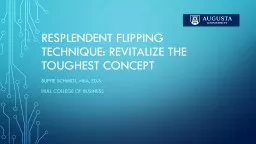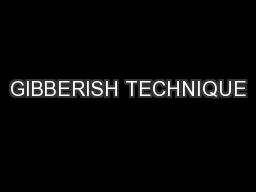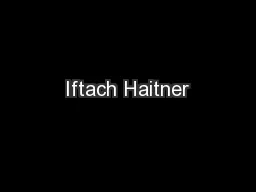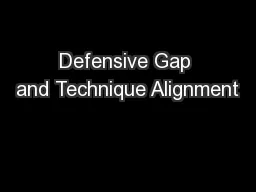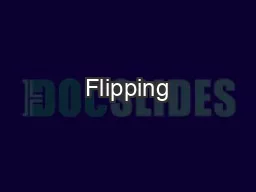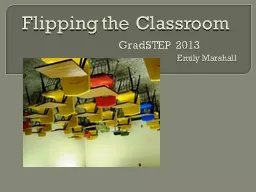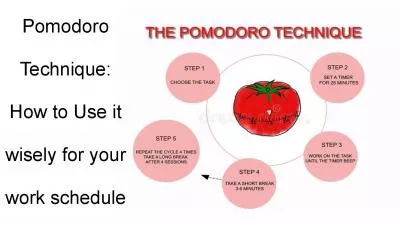PPT-Resplendent flipping technique: revitalize the toughest con
Author : alexa-scheidler | Published Date : 2017-06-09
Buffie Schmidt mba eds hull college of business My Design goals Flipping as a part of the Schmidt Model Reduce DWF rate Brings semiknowledgeable students to
Presentation Embed Code
Download Presentation
Download Presentation The PPT/PDF document "Resplendent flipping technique: revitali..." is the property of its rightful owner. Permission is granted to download and print the materials on this website for personal, non-commercial use only, and to display it on your personal computer provided you do not modify the materials and that you retain all copyright notices contained in the materials. By downloading content from our website, you accept the terms of this agreement.
Resplendent flipping technique: revitalize the toughest con: Transcript
Download Rules Of Document
"Resplendent flipping technique: revitalize the toughest con"The content belongs to its owner. You may download and print it for personal use, without modification, and keep all copyright notices. By downloading, you agree to these terms.
Related Documents

